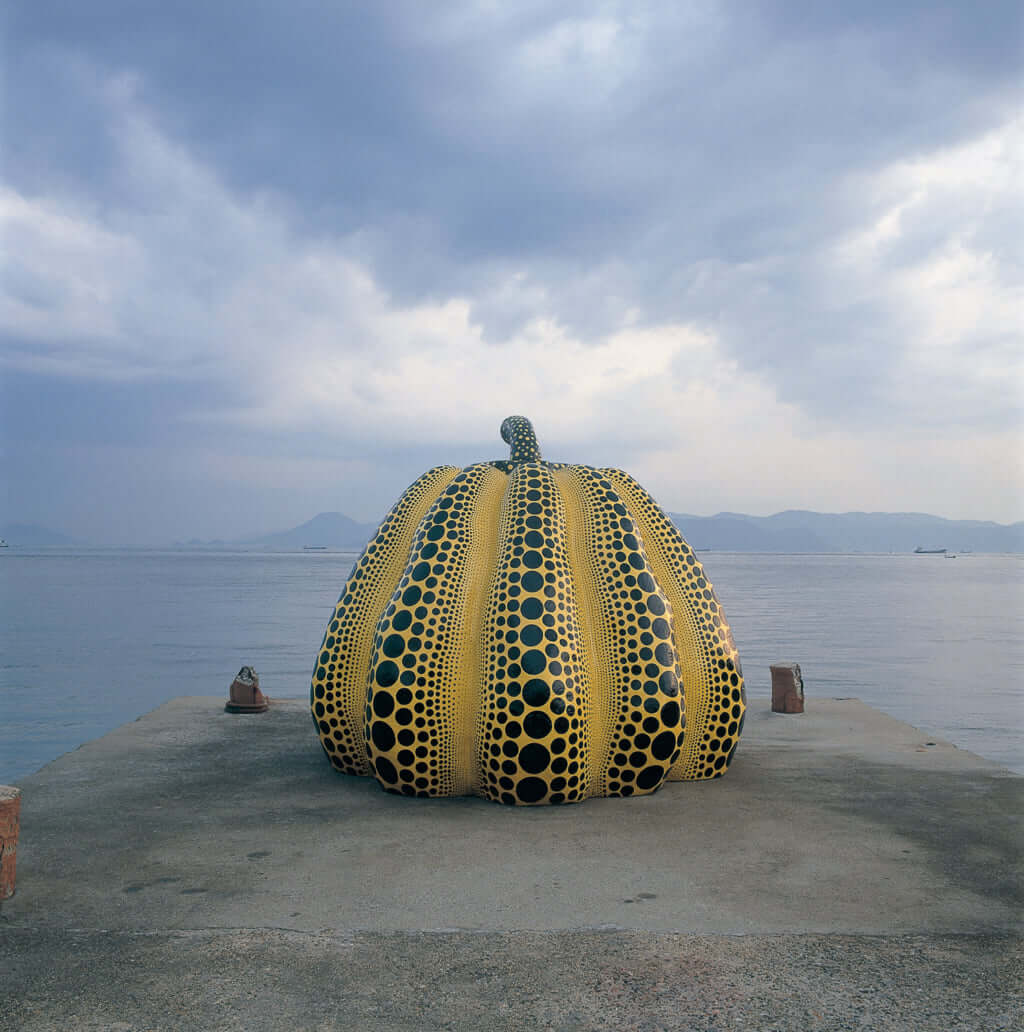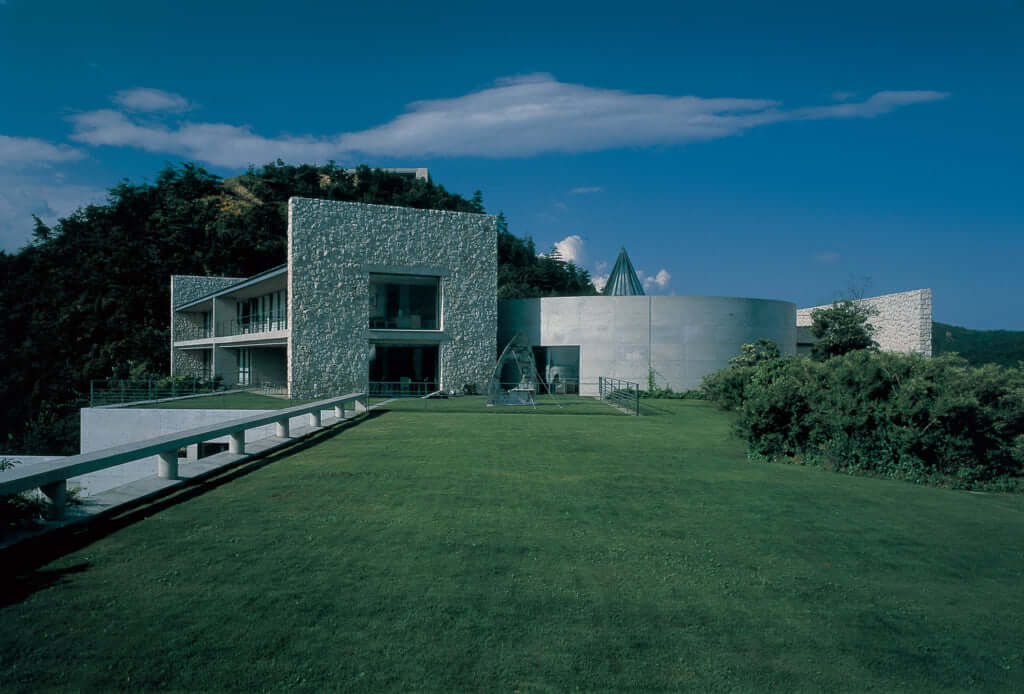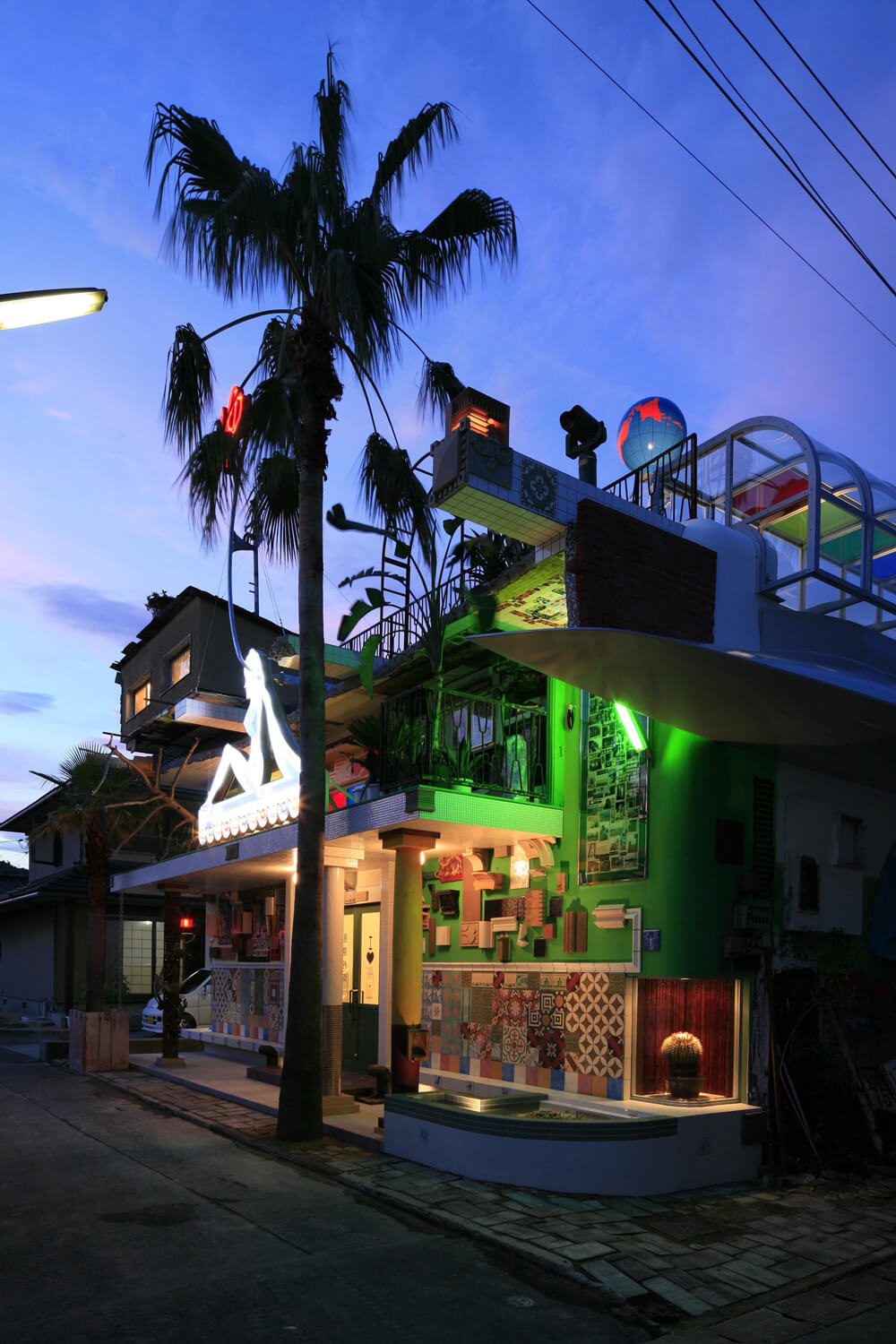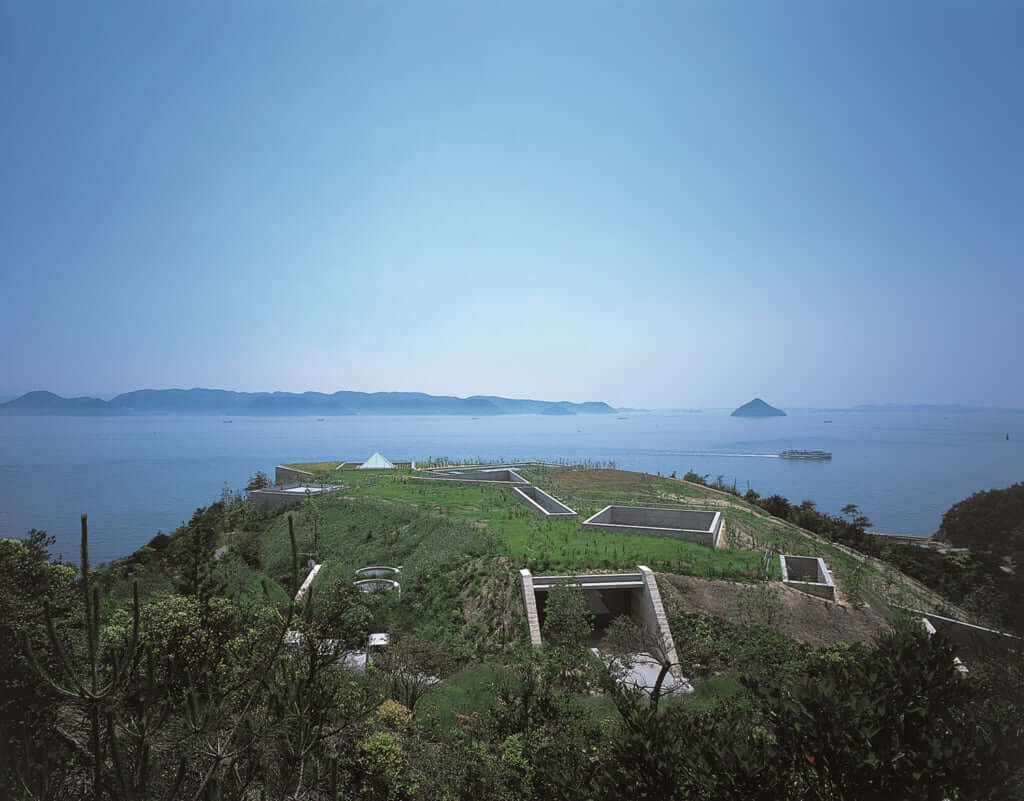Naoshima, the Island of Contemporary Art

Yayoi Kusama "Pumpkin". Photo: Shigeo Anzai
The Benesse Art Site Naoshima comprises art museums, and other art related projects on three islands in the Seto Inland Sea: Naoshima, Inujima and Teshima. Each island is home to a vibrant local community and has its own culture, history and character. Architecture and nature co-exist in symbiosis, inviting visitors to ponder what true well-being is.
In the late 1980s the Japanese entrepreneur Soichiro Fukutake, head of the Benesse corporation, initiated the project on Naoshima, following his late father’s dream of creating a camp ground for children there, eventually transforming it into the expansive art project now known as Benesse Art Site Naoshima, which expands also to neighboring Teshima and Inujima. With the help of the architect Tadao Ando, the island became Japan’s art capital. Many of the works exhibited here have since become iconic, notably Yayoi Kusama’s Pumpkin.
Naoshima is also home to the Chichu Art Museum, an underground museum lit entirely with natural light, which permanently houses three light installations by American artist James Turrell, a work by Walter De Maria featuring one of his iconic spheres and gilded wooden sculptures and a suite of Nymphéas by Claude Monet, all exhibited in purpose built architectural spaces.
The island is also the site of the Benesse House, a gem of Modernist architecture and the only hotel on the island, which also functions as a museum. With temples, traditional houses, vegetable patches and costal paths, the island has still managed to retain its original charm.

Benesse House. Photo: Tadasu Yamamoto

Shinro Ohtake Naoshima Bath “I♥湯”. Photo: Osamu Watanabe

Chichu Art Museum. Photo: FUJITSUKA Mitsumasa
TRENDING
-
Yakumo Saryo: A Culinary Voyage in Tokyo
Shinichiro Ogata makes objects from glass, ceramics and bronze but is also a fantastic cook. Have a taste of both his talents at restaurant Yakumo Saryo.

-
WA BI GIN : (An Old) Affair of Passion
The Japanese distillery Hombo Shuzo, first known for their shoshu, decided to launch itself into artisanal production of gin. Thus, WA BI GIN was born.

-
Gome Pit, the Pop-Up Bar in a Waste Treatment Facility
Japan never ceases to surprise. Gome Pit is a pop-up bar with an unobstructed view over a pit where tonnes of waste are piled up before being incinerated.

-
A Japanese Tea Room Perched Atop a Rooftop
The building, in keeping with the minimalist style of its creator, offers a splendid view of Vancouver Bay and the surrounding mountains.

-
Discover Japanese Gastronomy Through The Solitary Gourmet Manga
This illustrated black and white album follows its lead through various bars, celebrating the Japanese art of living.





